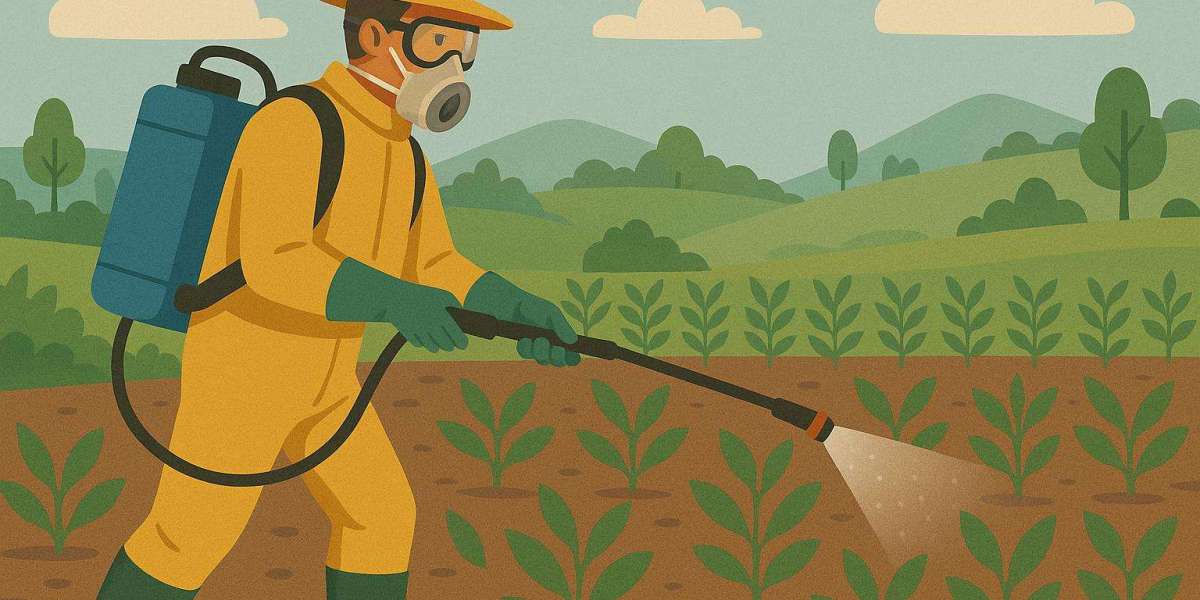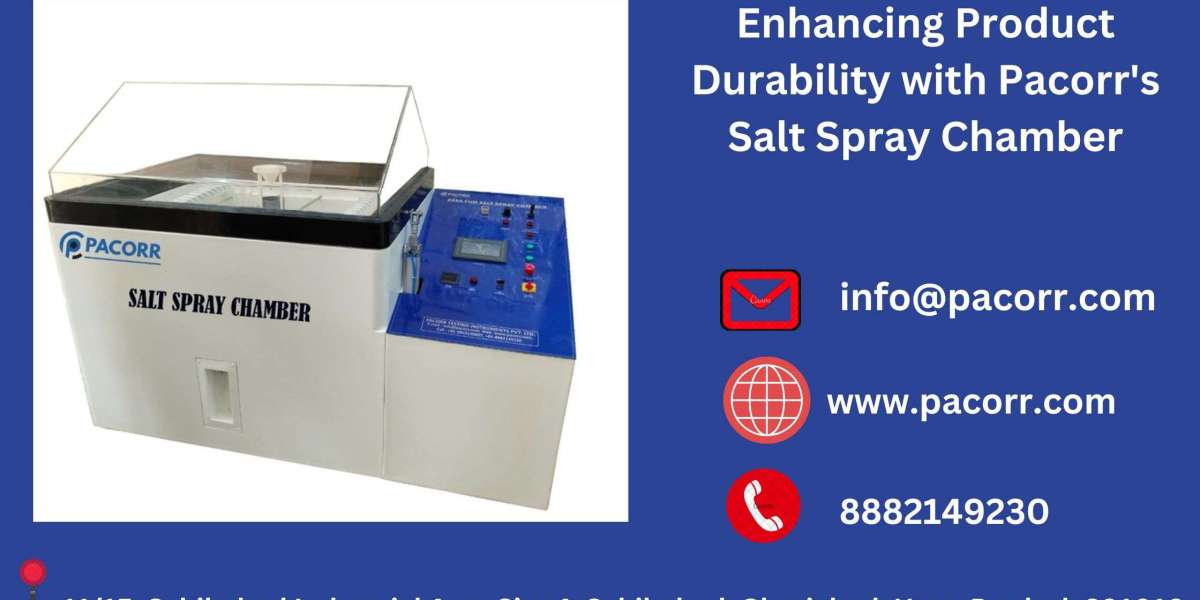Fungal diseases in crops are silent destroyers. They creep in unnoticed, often striking just when conditions seem favorable. A day of high humidity, an overcast sky, a morning dew that lingers too long—suddenly, a once-healthy field is under attack. By the time symptoms are visible, spores have multiplied, tissues are infected, and damage control becomes a high-stakes race against time. This is why the agricultural principle of "prevention is better than cure" is especially true when it comes to fungal outbreaks.
Preventive spraying doesn’t just offer protection—it preserves yield, saves money, and secures long-term crop health. Waiting for an infection to take hold before acting often means irreversible loss, both in terms of productivity and input costs.
The Nature of Fungal Threats
Fungi are opportunistic and fast-acting. They spread through airborne spores, soil, rain splash, irrigation, or even on tools and clothing. Once a spore germinates on a leaf or stem under the right environmental conditions, infection can begin in less than 24 hours.
The most dangerous fungal diseases—like powdery mildew, rusts, anthracnose, and downy mildew—thrive on timing. They wait for warm, moist weather and take advantage of even small plant stress signals.
A key challenge is that fungal infections are usually systemic. By the time you see chlorosis, necrosis, or lesions, the disease is well underway inside plant tissues. Fungicides applied at this stage must work harder, sometimes with limited results.
Preventive spraying, by contrast, creates a protective barrier. It disrupts the life cycle before the infection starts.
Why Prevention Beats Reaction Every Time
Curative spraying often involves emergency interventions—high-cost products, more frequent applications, and yield already impacted. Prevention avoids this cycle entirely by staying ahead of fungal life cycles.
When fungicides are applied preventively:
They create a chemical shield on foliage that inhibits spore germination.
They reduce the chance of secondary infections by lowering pathogen presence early in the season.
In many field scenarios, farmers who choose to buy Kitoshi Fungicide for Plant Disease early in the growing cycle report not only fewer outbreaks but also smoother spray scheduling, better canopy protection, and fewer input-related surprises later. It’s the kind of reliability you build into a season—not scramble for mid-crisis.
Fungicide Timing: The Critical Advantage
What distinguishes preventive programs from reactive firefighting is the timing of fungicide applications, which occurs prior to infection windows. Protecting vulnerable growth stages is the aim, particularly during the flowering, fruit set, or young tissue phases.
Consider grapevines as an example. Early bud and flowering stages preventive sprays significantly lower the risk of mildew and botrytis. Fungicide used before to flag leaf emergence in wheat can protect the photosynthetic engine of the plant until grain fill.
Fungicides used before to visible infection can reduce disease severity by up to 90%, according to research from Cornell's Plant Disease Diagnostic Lab. Post-infection sprays may only achieve 30–40% suppression, which is sometimes too late to recover yield potential.
Economic Logic: Fewer Sprays, Lower Costs, Higher Returns
While preventive spraying may seem like an added expense upfront, it typically results in fewer total treatments throughout the season. This means:
Reduced fungicide load on the environment
Lower labor and machinery costs
Minimal crop loss and higher marketable yield
It also helps avoid expensive curative fungicides that are often more specialized and costlier per application. When fungicides are used as insurance instead of emergency response, growers also avoid rushed decisions and panic purchasing—common during peak disease periods.
According to a 2023 report from the International Crop Protection Association, preventive spray programs returned $3.20 for every $1 spent in tomatoes, and over $4.00 in cucurbits—compared to less than $2.00 for reactive-only approaches.
Environmental Stability and Resistance Management
Preventive strategies also align better with long-term sustainability. They allow for more measured, rotated fungicide use essential in slowing down resistance development.
Overreliance on curative, systemic fungicides (like triazoles or strobilurins) has led to the rise of resistant fungal strains in crops like soybeans and barley. Preventive applications allow for broader mode-of-action diversity and lower selection pressure.
"Acting before infection isn’t just smart—it’s responsible. The goal is to protect crops, not just chase disease."
How to Build an Effective Preventive Spray Plan
A good plan starts with risk forecasting, not panic. This involves:
Tracking weather conditions that promote fungal growth (humidity, rainfall, leaf wetness)
Using resistant crop varieties where possible
Applying broad-spectrum fungicides ahead of infection-prone periods
Decision support tools and regional disease alerts help. Tools like CIMMYT’s disease modeling platforms provide real-time risk maps for major pathogens based on climate and crop phenology. Integrating these tools into your fungicide program helps time applications with precision and avoid unnecessary spraying.
FAQs
Can I apply preventive fungicides too early?
Yes. If applied too early, the protective effect may wear off before risk peaks. Timing should align with predicted infection windows or key growth stages.What’s the difference between contact and systemic fungicides?
Contact fungicides stay on the surface and prevent infection. Systemic fungicides enter the plant and can act on developing infections. Many preventive programs use a mix for layered protection.Are preventive sprays needed in every crop cycle?
That depends on local climate and historical disease pressure. In high-risk zones or susceptible varieties, preventive strategies are usually justified.Do preventive sprays harm beneficial microbes?
Some fungicides may affect non-target organisms. Choosing products with selective action and rotating modes of action can mitigate this impact.Is resistance still a risk with preventive use?
Yes, but the risk is lower when sprays are spaced out, rotated, and used at full labeled rates. Resistance is driven by poor practices, not just product type.
Looking Beyond the Immediate Threat
The true question is why you would wait, not if you should take action after the sickness manifests. Control, not correction, is the goal of preventive spraying. It's about taking control of the season before infections have an opportunity to control results.
It's a mindset more than a method. a willingness to adapt to the cycles of crop growth, climate, and biology rather than always catching up. You're investing in a more reliable, effective, and resilient farming system when you safeguard your crops before the threat becomes apparent.
No one is immune to disease. You shouldn't either.









